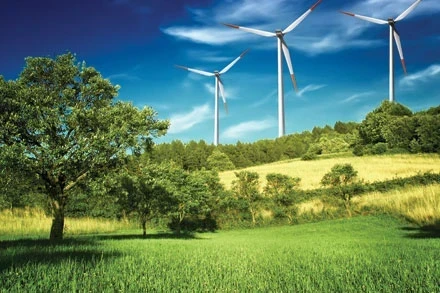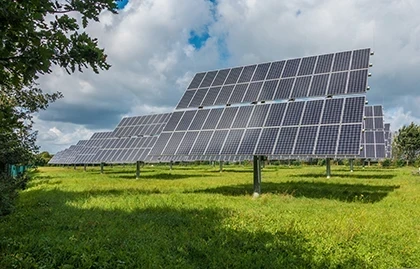Vineyard Wind Blade Debris Still Washing Ashore

Weeks after an incident involving a broken wind turbine blade, debris from Vineyard Wind's project continues to wash ashore, raising concerns about the environmental impact and operational practices of this major offshore wind farm. The ongoing situation highlights the challenges associated with large-scale renewable energy projects and underscores the need for robust measures to address potential risks.
The Incident
The Vineyard Wind project, located off the coast of Massachusetts, represents a significant advancement in the U.S. offshore wind industry. As one of the largest offshore wind farms under development in the country, it is expected to play a crucial role in the transition to clean energy. However, the project recently faced a setback when a wind turbine blade broke apart, leading to debris washing up on nearby beaches.
The incident occurred during the transportation and installation phase of the wind turbine components. While wind turbine blade failures are rare, their impact can be substantial, particularly when large pieces of debris end up in marine or coastal environments. In this case, the debris has continued to appear on shore for several weeks, prompting concerns from environmental groups and local communities.
Environmental and Operational Concerns
The presence of wind turbine blade debris on beaches has raised several environmental and operational concerns:
-
Environmental Impact: Wind turbine blades are typically made from composite materials, including fiberglass and resin, which can be harmful to marine and coastal ecosystems if not properly managed. The debris washing ashore can pose risks to wildlife and contribute to pollution if not promptly removed and disposed of properly.
-
Waste Management: The situation underscores the need for effective waste management and contingency planning in large-scale renewable energy projects. Proper handling and disposal protocols for damaged components are essential to minimize environmental impact and ensure compliance with regulations.
-
Project Management: The incident highlights the importance of rigorous quality control and operational practices during the construction and installation phases of wind projects. Ensuring that components are transported and installed safely is crucial for minimizing risks and preventing similar occurrences in the future.
Response and Actions Taken
In response to the ongoing debris issue, several actions have been taken to address the situation:
-
Cleanup Efforts: Local authorities and environmental groups have been actively involved in cleanup efforts to remove the debris from affected beaches. These efforts aim to mitigate the environmental impact and restore the affected areas to their natural state.
-
Investigation: An investigation into the cause of the blade failure is underway. This investigation will focus on determining the factors that led to the incident, including potential issues with the blade manufacturing, transportation, or installation processes.
-
Enhanced Protocols: In light of the incident, Vineyard Wind and its partners are reviewing and strengthening their operational protocols. This includes enhancing safety measures, improving waste management practices, and ensuring better risk mitigation strategies for future projects.
Broader Implications for the Offshore Wind Industry
The Vineyard Wind blade debris incident has broader implications for the offshore wind industry:
-
Regulatory Scrutiny: The incident may lead to increased regulatory scrutiny and potentially stricter guidelines for offshore wind projects. Ensuring that projects adhere to high standards of safety and environmental protection will be critical for maintaining public trust and support.
-
Industry Best Practices: The situation underscores the need for industry-wide best practices and continuous improvement in the design, manufacturing, and installation of wind turbine components. Sharing lessons learned and adopting improved practices can help prevent similar issues in future projects.
-
Public Perception: As offshore wind projects become more prominent in the quest for clean energy, public perception of their safety and environmental impact will play a crucial role. Addressing and mitigating any issues transparently and effectively will be important for maintaining positive public support.
Looking Ahead
The Vineyard Wind blade debris situation serves as a reminder of the complexities and challenges associated with large-scale renewable energy projects. While the incident has raised valid concerns, it also presents an opportunity for the industry to learn and evolve.
As the offshore wind sector continues to grow and contribute to the transition to a more sustainable energy future, ensuring that projects are managed with the highest standards of safety and environmental stewardship will be essential. Addressing the current issue with diligence and transparency will help pave the way for more successful and resilient renewable energy initiatives in the future.









